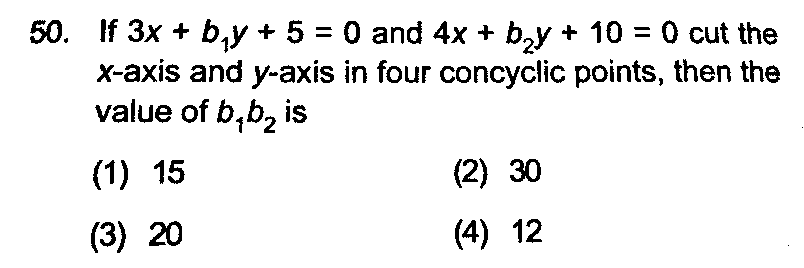
AllQuestion and Answers: Page 1709
Question Number 37275 Answers: 0 Comments: 0
Question Number 37273 Answers: 0 Comments: 0
Question Number 37272 Answers: 0 Comments: 0
Question Number 37271 Answers: 0 Comments: 2
Question Number 37270 Answers: 1 Comments: 0
Question Number 37269 Answers: 0 Comments: 2
Question Number 37263 Answers: 1 Comments: 1

Question Number 37258 Answers: 1 Comments: 0
$$\int\:\frac{{x}^{\mathrm{3}} +\mathrm{1}}{\sqrt{{x}^{\mathrm{2}} +{x}}}\:{dx}\:=\:? \\ $$
Question Number 37252 Answers: 1 Comments: 1

Question Number 37540 Answers: 1 Comments: 0
Question Number 37249 Answers: 0 Comments: 0
Question Number 37244 Answers: 1 Comments: 0
Question Number 37243 Answers: 0 Comments: 0
Question Number 37237 Answers: 1 Comments: 1
Question Number 37236 Answers: 0 Comments: 0
Question Number 37235 Answers: 1 Comments: 0
Question Number 37233 Answers: 0 Comments: 0
Question Number 37232 Answers: 0 Comments: 0
Question Number 37231 Answers: 0 Comments: 0
Question Number 37230 Answers: 0 Comments: 0
Question Number 37228 Answers: 0 Comments: 0
Question Number 37225 Answers: 0 Comments: 0
Question Number 37224 Answers: 0 Comments: 0
Question Number 37221 Answers: 0 Comments: 8
Question Number 37220 Answers: 1 Comments: 0

Question Number 37218 Answers: 1 Comments: 0
Pg 1704 Pg 1705 Pg 1706 Pg 1707 Pg 1708 Pg 1709 Pg 1710 Pg 1711 Pg 1712 Pg 1713
